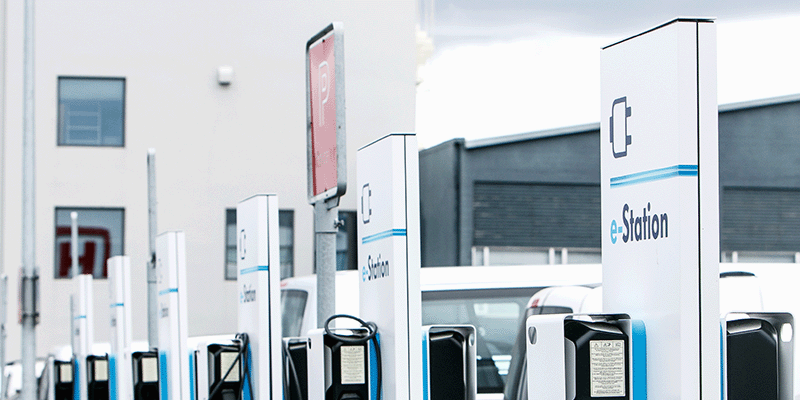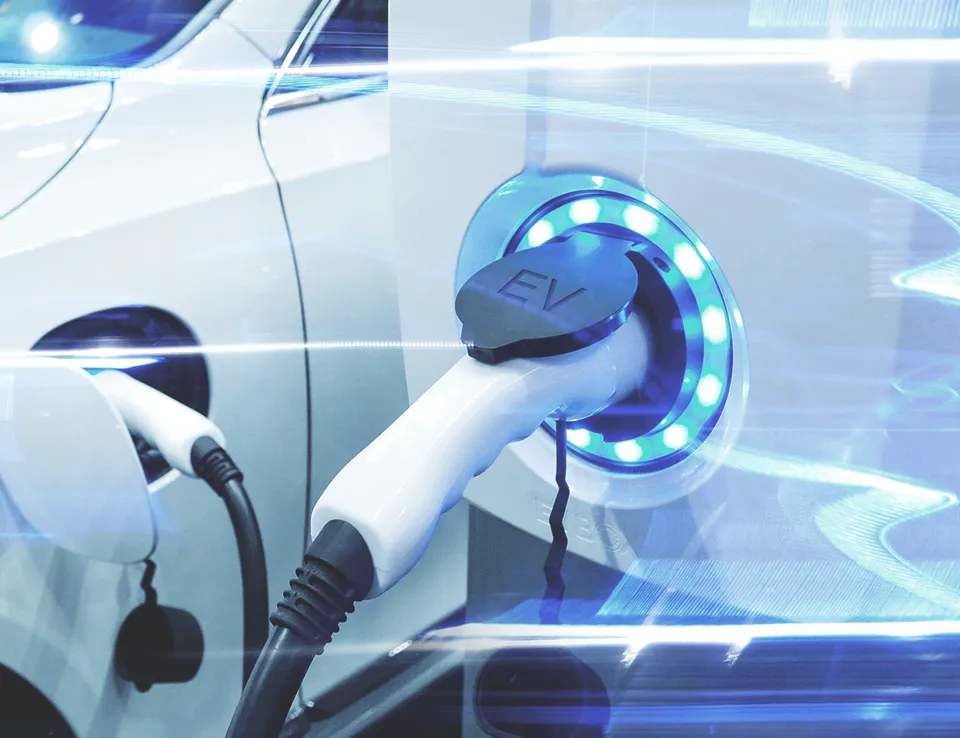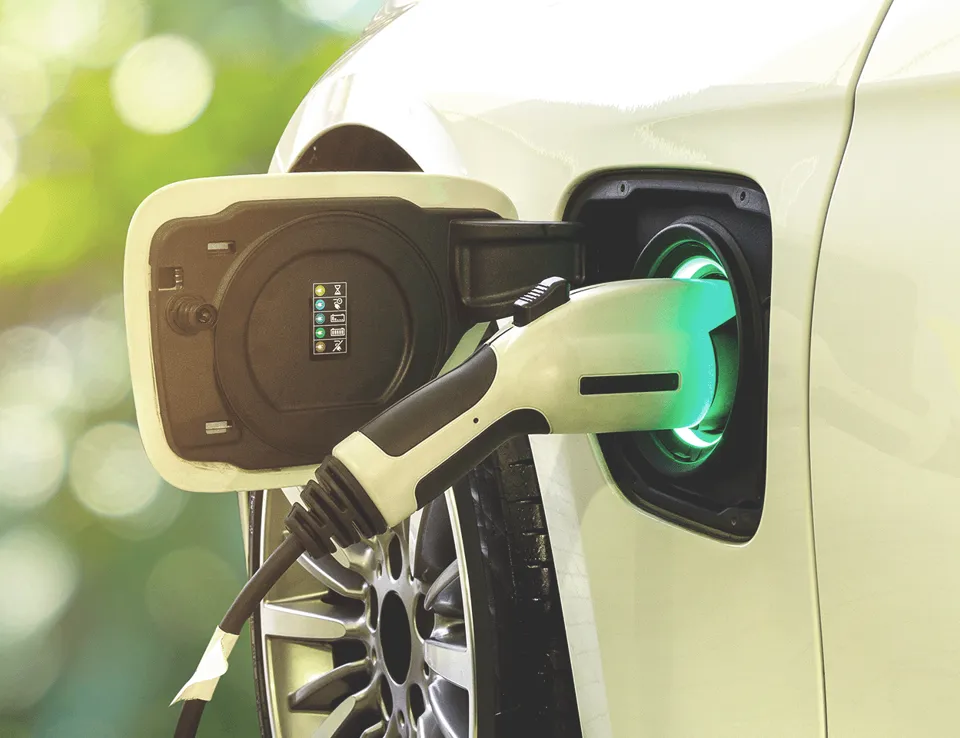
What factors are affecting energy transition of propulsion systems in the mobility sector?
17 Nov 2022
Pressures to decarbonise the transportation industry continue to mount as the impacts of climate change increase in severity and frequency.
In our industry, transport is responsible for about 20% of the annual CO2 emissions globally. At the start of the COVID pandemic, the emission rate took a dip, but has now rebounded strongly. For the past 30 years or even longer, visionaries have pressed for innovation which would enable the migration to more sustainable vehicles, energy sources and even consideration of questions like should we have private vehicles and where should they be allowed to drive. Now widely adopted, these innovations are now mainstream as regulators, OEMs, utilities, states, cities, and nations strive to provide products and platforms with a lower carbon footprint and introduce these to the majority of consumers.
Technology has progressively improved during this time as we have seen with the cost reductions in both generating renewable electricity and efficiencies in storing this power. The research, development, and refinement for production for many of the technologies has taken decades but the innovation and improvements continue unabated.
Disruption in the market is driving propulsion system specifications
The turbulent events over the past three years have resulted in dynamic and uncertain conditions when approaching decision-making and planning. This is especially true when it comes to selecting winning technologies, predictable energy availability and dispersed global supply chains faced with sudden headwinds such as access to countries that were planned into the supply base. With these unplanned course corrections in energy cost and availability, quality and predictability, a trimming of the sails as the headwinds change may not be appropriate or even viable. A frequently asked question is: are these megatrends permanent or simply a temporary disruption?
The automotive markets around the world, led by policy makers, OEMs, and consumers, are moving quickly to electrify transportation. However, the debate continues: are electric vehicles really the best path to attain carbon neutrality? The rate of change in electricity prices (50%) in a couple of months or natural gas (100%+) reflecting geopolitical events in the same period have upset the well-planned trajectory of technology evolution and consumer confidence in electrification as the central pathway.
Access to charging stations, charge time, cost relative to fossil fuel options and even electricity availability all weigh on consumers’ minds. In addition, the actions by utilities companies and state power providers have led to coal, gas and nuclear plants slated for retirement being restarted to meet short-term urgent need while the long-term planned renewable infrastructure and charging facilities continue to be built.

Organisations need to understand how external factors are affecting energy transition
Further headwinds come from policy makers and Environment, Social and Governance (ESG) pressure groups (including regulators). These have not diminished and have, in some cases, accelerated, with the war in Ukraine being used as a demonstration of why fossil fuel reliance must be eliminated.
Organisations need to understand how the key external factors of energy policy, regulations, ESG and consumer behaviour impact the transition and are driving sustainable propulsion alternatives.
Some of the key questions facing the mobility sector include:
-
Will energy sustainability be overtaken by energy availability within some regions?
-
Will the governmental regulatory environment shape this transition or will pressure to achieve corporate ESG targets have a bigger impact?
-
How will the customer understand the different choices available within the market and what sustainable solutions will they buy?
The current buffeting in the industry may best be described as crosswinds. Some sectors will be blown off course, some consumers will have decision-making made more difficult. Frustration with geopolitical events happening in a timescale that pays no respect to technology development times or materials sourcing, or supply chain development provide opportunities for a spectrum of possible responses.
It is also important for businesses to understand how the investment community sees upsides in the turbulence. Valuations of companies able to respond are rising significantly together with innovative approaches to supply chain stabilisation, materials sourcing, recycling, and reuse provide a calming effect for the disruptions. These stressful times will energise innovation and bring players seeking opportunity onto the pitch.
A blog by Clive Wotton, Group Director, Sustainability, Quality and Risk




 Follow Ricardo plc for regular updates
Follow Ricardo plc for regular updates




